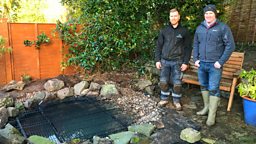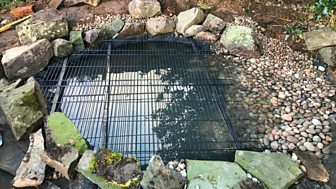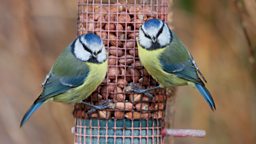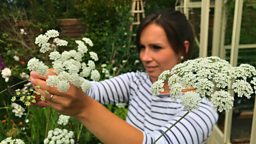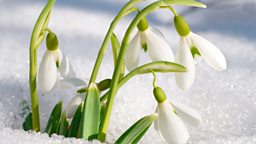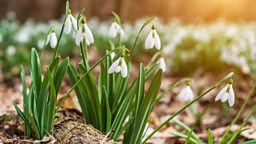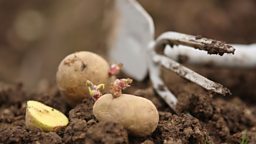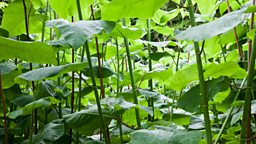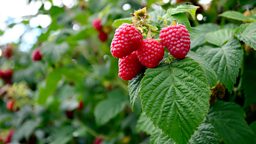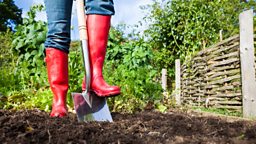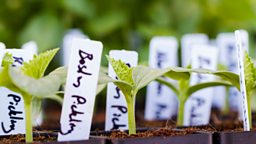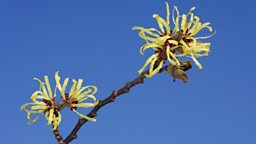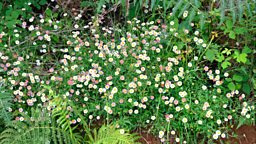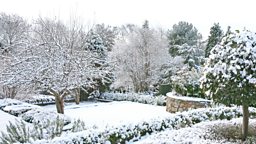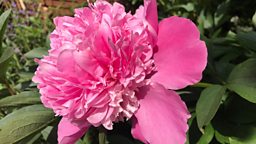Pond in a Day
Adding water brings a whole new dimension to the garden. No matter how big or small the pond, it will add interest as it changes during the year. Water provides a home for insects and amphibians, it鈥檚 a source of drinking water for birds and some mammals (cats seem to love it) and of course it鈥檚 a place to try out a whole new range of aquatic plants.
Once you are set on putting in a pond there are a number of things to consider but first a health warning! When it comes to serious digging in the garden, and I’m talking about the sort of digging that doesn’t involve machinery, it’s a good idea to get in someone in who knows what they are doing and is used to hard labour. Removing two tonnes of soil, not to mention giant tree roots, is not for the faint hearted.
Location
So once the digger, human or machine, is sorted, it’s then a matter of location, location, location. A pond should ideally get plenty of sunlight. It’s best to avoid overhanging trees – particularly the deciduous sort and you’ll also want to take into account what’s below the surface in any particular location. So avoid places where there might be electricity cables and water, waste or gas pipes.
In my garden the pond is in a place where it’ll get sun after lunchtime until the sun goes down. That might not be the very best location but sometimes you have to compromise - it just doesn’t suit to put it elsewhere.
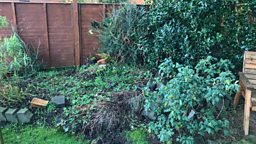
Size
All kinds of factors will determine the pond size from available space to cost - if you are creating a natural pond making it larger may actually make it easier to maintain. Depth is important too – you don’t want it to overheat in summer or completely freeze in winter. So in my view the minimum depth for a section of the pond should be 60cm. Mine has an area at 60cm depth - a shelf area for plants 15cm-20cm and a beach. The pond is approx. 150cm wide and 200cm long.
Liner
A good liner is the most versatile when it comes to keeping your pond watertight. PVC liners are cheaper but butyl is considered best by most and should last over 20 years. Pre-formed fibreglass ponds are also available. Depending on scale and soil/clay depth some can get away without a liner but for a small domestic pond that will rarely be the case. I’m using an EPDM liner which is similar to butyl – some even say it’s better.
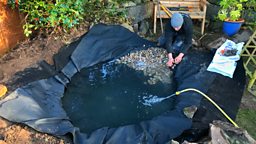
Wildlife
Having goldfish in an outdoor pond can be very pretty but adding fish can also present problems for wildlife as they will eat insects and tadpoles. It’s important to have a beach area or a ramp to allow insects, amphibians and even any unfortunate hedgehogs a way to get out of the water. My pond won’t have fish because I want to attract frogs.
Safety
Safety is the most important consideration, especially if young children will have access to the pond area. There are a range of protective measures available. In my case a strong grid cut to size sits above the pond on crossbeams. Other safety measure are available some of which sit just below the surface of the water.
